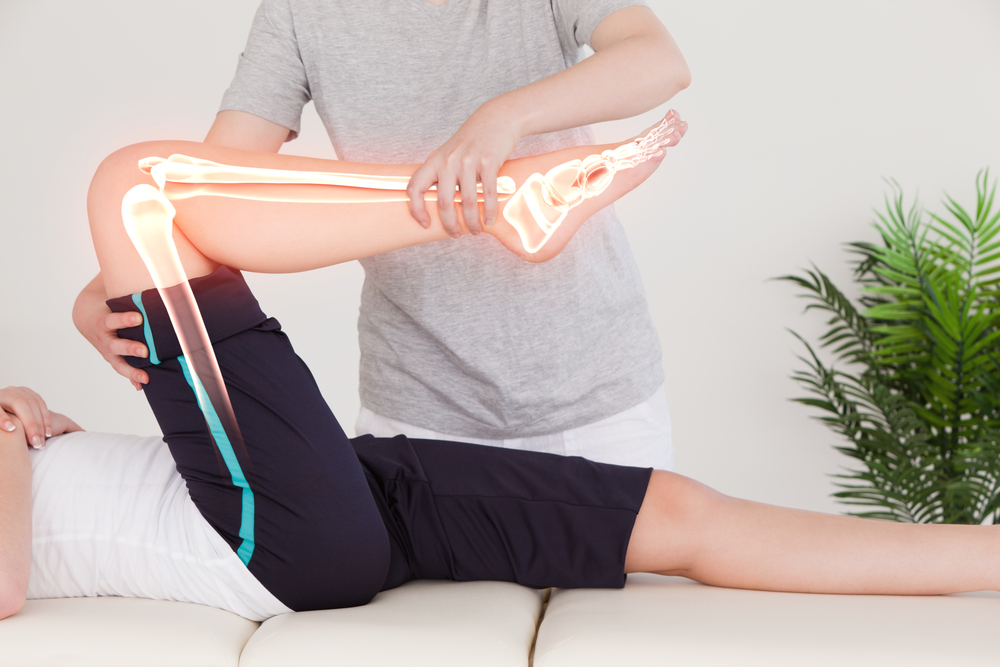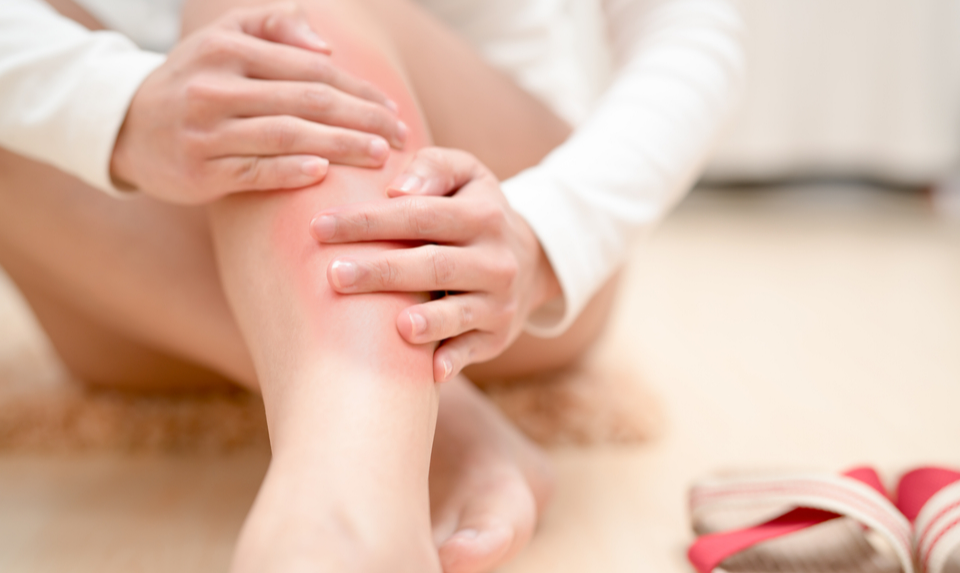
Sciatica is a shooting pain that begins in the lower back, radiates into the buttock and down the back of one leg. The pain is often caused by stress on the sciatic nerve from a herniated disc, bone spurs or muscle strain. You play a significant role in the avoidance, cure, and recuperation of leg pain. It naturally improves with rest, physical therapy, and other self-care methods. persistent pain may be helped with surgery.

Types of Sciatica Leg Pain
Sciatica leg pain differs from mild to rigorous and can be heightened or chronic.
Acute sciatica leg pain occurs unexpectedly and usually heals within a number of days to weeks. The severity relates directly to the amount of tissue damage. The cause of the pain may be in the spinal joints, discs, nerves, or muscles and ligaments.
Chronic sciatica leg pain persists for more than 3 months and its cause may be hard to find out. Chronic pain may be felt constantly or worsen with certain activities. Contributing factors may consist of nerve damage, tissue scarring, arthritis, or mental effects of pain. People with chronic symptoms may be referred to a pain specialist.
What are the Symptoms?
Typical sciatica leg pain starts in the low back and buttocks. It affects one leg traveling down the back of the thigh, past the knee, and every now and then into the calf and foot. The pain feels worse in the leg than in the back. It may vary from a mild pain to rigorous burning or a shooting pain. lack of feeling or tingling (pins-and-needles) can happen in your leg and foot. This typically is not a concern except you have weakness in your leg muscles or foot drop.
Sitting generally causes the most pain for the reason that the weight this position puts onto the discs. actions, such as bending or winding, worsen the pain, while lying down tends to bring relief. Running or walking may in fact feel better than sitting or standing for too long.

Seek medical help right away if you have tremendous leg weakness, lack of feeling in the genital area, or loss of bladder or bowel function. These are signs of a condition called cauda equina syndrome.
What are the Causes?
Sciatica leg pain can be caused by a number of conditions that irritate or apply pressure to the sciatic nerve:
- Piriformis syndrome: contraction or spasm of the piriformis muscle can apply pressure to the nerve.
- Trauma: A sports injury or fall can damage the spine or rip a muscle and damage nerves.
- Herniated disc: The gel-like center of a spinal disc can swell or crack through a weak area in the disc wall and constrict nerves.
- Stenosis: Narrowing of the bony canals in the spine can constrict the spinal cord and nerves.
- Osteoarthritis: As discs in nature age they dry out and get smaller. Small tears in the disc wall can be excruciating. Bone spurs can form. The facet joints enlarge and ligaments thicken.
- Spondylolisthesis: A weak point or stress fracture in the facet joints can let a vertebra to slip out of place and touch the nerves.
- Leg pain can also be caused by joint trouble in the hip or sacroiliac joint. This type of referred pain is quite ordinary but is not sciatica.
How is a Diagnosis Made?
A watchful medical exam will attempt to resolve the kind and cause of your spine problem and the treatment options. A diagnostic assessment includes a medical history and physical exam. occasionally imaging scans (e.g., x-ray, CT, MRI) and tests to make sure muscle strength and reflexes are used.
Self-care for Sciatica Leg Pain
Exercise, strengthening, stretching and ideal weight loss are the main elements to your cure. Make these a part of your life-long daily habit.
Self-care: Sciatica regularly resolves with rest, ice or heat, massage, pain relievers, and mild stretches. lessen muscle swelling and pain using an ice pack for 20 minutes several times a day throughout the first 48 to 72 hours. afterwards, a warm shower or heating pad on low setting may be supplementary to relax the muscles. A short period of bed rest is okay, but more than a couple of days might worsen the situation. If self-care treatments aren’t working in the first couple of days, see your doctor.
Medication: Over-the-counter nonsteroidal anti-inflammatory drugs (NSAIDs), for instance aspirin, ibuprofen or naproxen, can provide relief. A muscle relaxant may be given for spasms. If pain is stern, an analgesic may be prescribed that can be taken with the NSAID or muscle relaxant.
Steroids can decrease the swelling and swelling of the nerves. They are taken orally (as a Medrol dose pack) lessened over a five-day period or by injection straight into the affected area (see epidural steroid injections and facet injections). Steroids may give instant pain relief within 24 hours.
Physical therapy: For most leg pain, we suggest a nearly regular schedule from the onset. Physical therapy can help you come back to full movement as soon as possible and prevent re-injury. Physical therapists will show appropriate lifting and walking techniques, and exercises to strengthen and widen your lower back, leg, and stomach muscles. Massage, ultrasound, diathermy, heat, and traction may also be optional for short periods. Patients may also profit from yoga, chiropractic manipulation and acupuncture.
Surgery: Surgery is hardly ever needed unless you have muscle weakness, a proven disc herniation, cauda equina syndrome, or persistent pain that has not set on after a reasonable course of nonsurgical handling. Surgery for a herniated disc, called a discectomy, removes the part of the disc compressing the spinal nerve. People with stenosis may benefit from a decompression of the nerves.
Recovery and Prevention
A positive mental approach, regular activity, and a prompt return to work are all very significant elements of recovery. If regular job duties cannot be performed at first, modified (light or limited) duty may be prescribed for a restricted time.
Prevention is key to avoiding repetition:
- Proper lifting; steer clear of sitting for long periods
- Good posture in sitting, standing, moving, and sleeping
- habitual exercise with stretching and strengthening
- An ergonomic occupation area
- Good nourishment, healthy weight and lean body mass
- Stress managing and relaxation
- No smoking